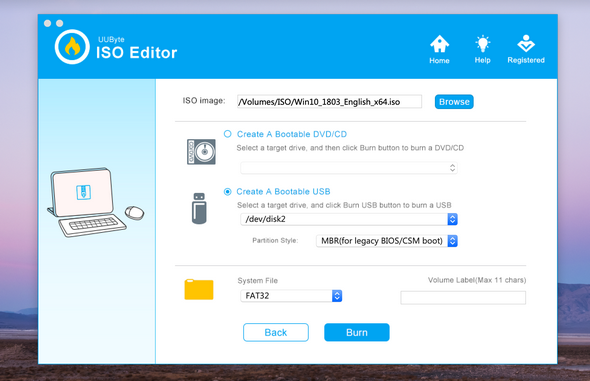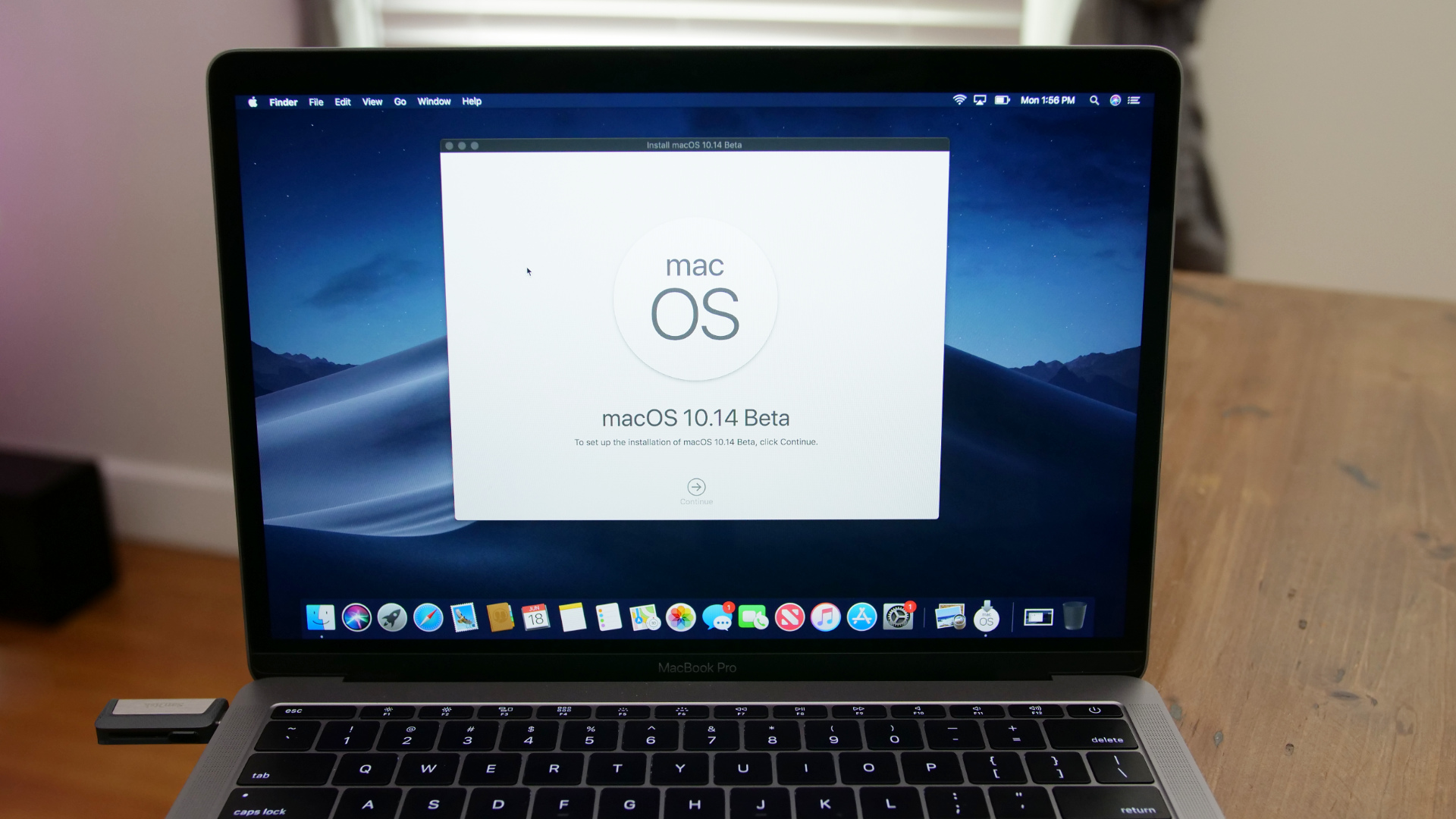


- CREATE A BOOTABLE INSTALLATION FLASH DRIVE FOR WINDOWS 10 ON MAC INSTALL
- CREATE A BOOTABLE INSTALLATION FLASH DRIVE FOR WINDOWS 10 ON MAC PASSWORD
- CREATE A BOOTABLE INSTALLATION FLASH DRIVE FOR WINDOWS 10 ON MAC ISO
- CREATE A BOOTABLE INSTALLATION FLASH DRIVE FOR WINDOWS 10 ON MAC WINDOWS 7
- CREATE A BOOTABLE INSTALLATION FLASH DRIVE FOR WINDOWS 10 ON MAC MAC
CREATE A BOOTABLE INSTALLATION FLASH DRIVE FOR WINDOWS 10 ON MAC INSTALL
When Terminal says that it's been completed, the volume will have the same name as the installer you downloaded, such as Install macOS Big Sur.After the volume has been erased, you may see an alert stating that Terminal would like to access files on a removable volume.

Terminal shows the progress as the volume is erased.
CREATE A BOOTABLE INSTALLATION FLASH DRIVE FOR WINDOWS 10 ON MAC PASSWORD
CREATE A BOOTABLE INSTALLATION FLASH DRIVE FOR WINDOWS 10 ON MAC MAC
* If your Mac is using macOS Sierra or earlier, include the -applicationpath argument and installer path, similar to the way this is done in the command for El Capitan. Sudo /Applications/Install\ OS\ X\ El\ Capitan.app/Contents/Resources/createinstallmedia -volume /Volumes/ MyVolume -applicationpath /Applications/Install\ OS\ X\ El\ Capitan.app Sudo /Applications/Install\ macOS\ High\ Sierra.app/Contents/Resources/createinstallmedia -volume /Volumes/ MyVolume Sudo /Applications/Install\ macOS\ Mojave.app/Contents/Resources/createinstallmedia -volume /Volumes/ MyVolume Sudo /Applications/Install\ macOS\ Catalina.app/Contents/Resources/createinstallmedia -volume /Volumes/ MyVolume Sudo /Applications/Install\ macOS\ Big\ Sur.app/Contents/Resources/createinstallmedia -volume /Volumes/ MyVolume If it has a different name, replace MyVolume in these commands with the name of your volume. These assume that the installer is in your Applications folder and MyVolume is the name of the USB flash drive or other volume you're using.

Open Terminal, which is in the Utilities folder of your Applications folder.Connect the USB flash drive or other volume that you're using for the bootable installer.This can now be used as a bootable drive. Once the command has finished and your files have been moved over to the USB drive, you will need to run the command " hdiutil unmount /Volumes/MOUNTED-ISO", again replacing the word MOUNTED with the correct name.Ĭlose the terminal and eject your USB drive. Next, run the command " cp -rp /Volumes/MOUNTED-ISO/* /Volumes/WINDOWS10/" where you can replace MOUNTED with the name of your mounted ISO. It's easier than you think, thanks to the built-in Boot Camp Assistant from Apple. It will be similar to /Volumes/MOUNTED-NAME. We'll show you to create a bootable USB flash drive with the Windows 10 installer from a Mac. Note the name of the mounted iso, which can be found by looking at the terminal.
CREATE A BOOTABLE INSTALLATION FLASH DRIVE FOR WINDOWS 10 ON MAC ISO
iso image by using the command " hdiutil mount ~/Downloads/WINDOWS10IMAGE.iso" where you can replace the "WINDOWS10IMAGE with the name of your downloaded file. Run the command " diskutil eraseDisk MS-DOS "WINDOWS10" GPT disk3" without the quotation marks and you can replace the "3" at the end with the correct number.ĭownload the iso file for Windows 10 and save it in the Downloads folder if it hasn’t been saved there already. Identify your USB drive and note down the name, such as disk3. Type "diskutil list" and hit the enter/return key to see a list of all connected drives. Again, you will need a USB drive.Ĭonnect your USB drive to the Mac and then launch Terminal. The Terminal app is more complicated to use than other methods however it does not require you to use a third-party application in order to create a Windows 10 bootable USB drive. This will have created a Windows 10 bootable USB using a Mac that can now be used on your PC. You can now quit Bootcamp and then Eject the USB to safely remove it. Once the process has been completed by the Bootcamp Assistant, the USB will have been renamed. Keep this in a location that is easily found (such as the Downloads folder).īootcamp will locate the downloaded iso file automatically however if it is not found, you can use the "choose" button to locate it manually.Ĭlick on Continue and wait until the USB is formatted and set up to become a bootable drive. iso file from the Microsoft website or another reliable site. Then click on continue.ĭownload a Windows 10.
CREATE A BOOTABLE INSTALLATION FLASH DRIVE FOR WINDOWS 10 ON MAC WINDOWS 7
Tick the box for "create a Windows 7 or later version install disk" and uncheck the "Install Windows 7 or later version" option. Please note that Boot Camp is not supported in macOS Mojave and later. In order to create a bootable USB using Boot Camp, you will require a USB that has 16GB of storage, or more. UNetbootin allows you to create bootable Live USB drives for Ubuntu, Fedora, and other Linux distributions without burning a CD. Additional Tip: One Click to Create Windows 10 Bootable USB to Reset Password


 0 kommentar(er)
0 kommentar(er)
